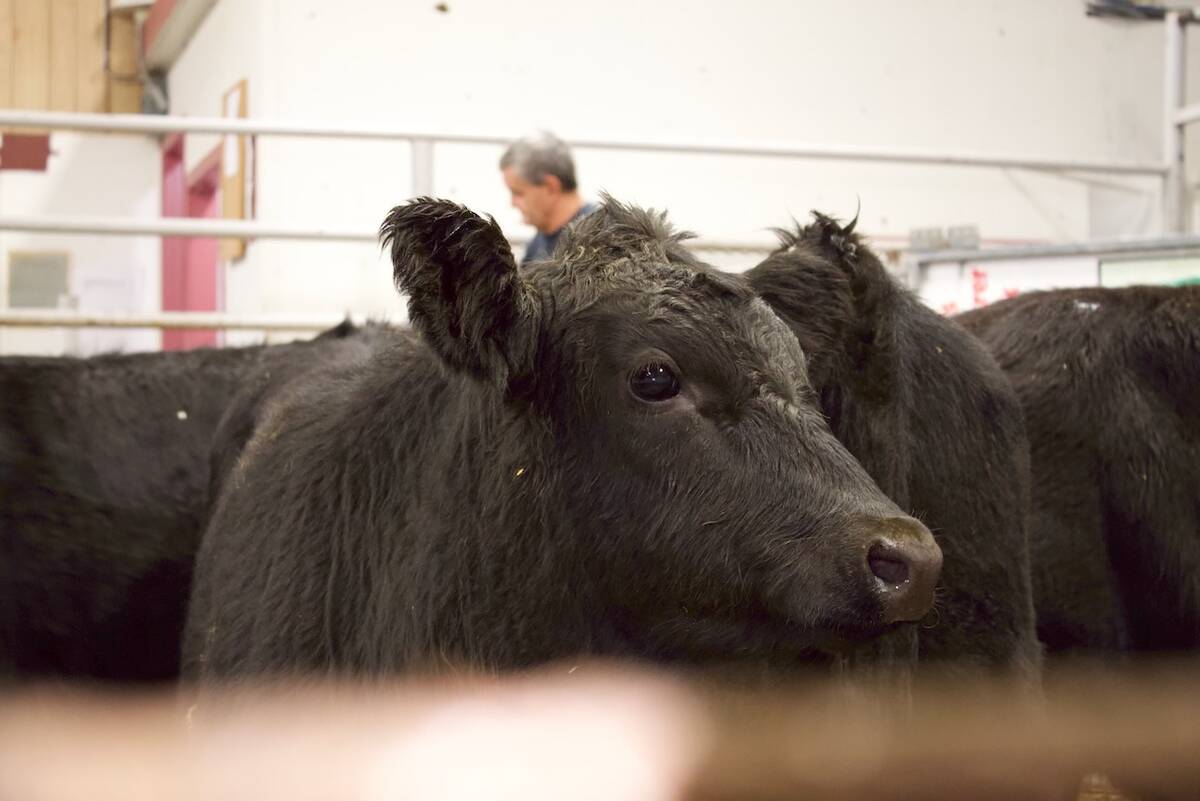Prairie barley prices reached historical highs earlier in January. Lethbridge-area feedlots were buying feed barley in the range of $445-$455/tonne delivered while Red Deer operations made purchases from $430-$440/tonne.
The barley market is functioning to ration demand through higher prices. The domestic feed market needs to trade high enough to halt offshore movement for barley and encourage the use of alternative feed grains in local feedlots.
As of late January, imported U.S. corn was trading in the range of $410-$430/tonne delivered in southern Alberta. The price is relatively the same in the central and northern regions of Alberta and Saskatchewan. U.S. corn is readily trading into western Canadian feed channels. I’ve received many inquiries from cow-calf producers and feedlot operators regarding the feed grain outlook. It’s that time of year when producers are making longer-term plans. Therefore, I thought this would be a good idea to review the feed grains complex.
Read Also

Cattle market grinds lower in December
Fed cattle suppliers are weighing on cattle markets across North America and that’s meant lower beef markets.
Feed prices affect feeder market
It’s important that cattle producers have a good understanding of the price forecasts for feed grains because they influence the price structure and trade flow of feeder cattle. Canadian feeder cattle exports for the 2021 calendar year are expected to finish at 144,000 head, up 22 per cent from the 2020 calendar year. During the first half of 2021, western Canadian feedlots had a competitive advantage for feeding because barley prices were lower than U.S. corn prices. For the first five months of 2021, Canadian feeder cattle exports to the U.S. were down 46 per cent compared to 2020. During the summer, Canadian feeder cattle exports increased as the drought expanded in Western Canada and feed grain prices rallied.
By the end of December 2021, Canadian feeder cattle exports were up 22 per cent from year-ago levels.
U.S. corn will flow into Western Canada until new-crop barley comes available. For the week ending January 6, U.S. crop year-to-date (Sept. 1 to Aug. 31) corn sales to Canada totalled 3.2 million tonnes. We still have almost eight months until new-crop barley comes available. I’m estimating U.S. corn sales to Canada to reach 5.0-5.5 million tonnes. Western Canadian feedlots will have a competitive disadvantage to U.S. feedlots until September.
Barley exports are down
Canadian crop year-to-date barley exports for the week ending Jan. 9 were 1.5 million tonnes, down from the year-ago export pace of 1.8 million. It’s important to note most exports are to China. This business was completed during the spring of 2021, before the drought. Chinese buyers appear to have sufficient coverage until new crop. Recently, Chinese buyers bought French and Ukrainian barley for July and August 2022 shipment. We’re not seeing Chinese buyers buying Canadian barley because French and Ukraine prices are more competitive. Just as important, we’re seeing French malt barley trade into Canada capping demand for malt barley. Canadian barley exports during the first half of the 2022-23 crop year are expected to be down sharply from the 2021-22 campaign. Limited exports will weigh on domestic barley prices.
Canadian farmers harvested 6.9 million tonnes of barley last fall, down from the 2020 crop size of 10.7 million tonnes. Early estimates have the 2022 Canadian barley crop at 11.7 million tonnes. The “La Niña” phenomenon in the Pacific Ocean tends to result in a cool and wet growing season on the Canadian Prairies. Even if Western Canada has average growing conditions, the main point is that Canada will experience a sharp year-over-year increase in barley production.
Big change in August
Keep in mind that wheat production will also recover and 30 per cent of the wheat crop will likely be feed quality. Western Canada will be swimming in feed grains during the fall of 2022. The market is adjusting for this anticipated increase in supplies. Barley for September through December 2022 is trading in the range of $350-$360/tonne delivered southern Alberta feedlots. This is $80-$90/tonne below current levels. I wouldn’t be surprised if feed barley eventually traded sub-$300/tonne delivered Lethbridge during September 2022. The inverse between old- and new-crop barley prices will be a major factor driving western Canadian feeder cattle prices higher during the fall of 2022.
During the first seven months of the 2022 calendar year, Western Canada will need to import corn to satisfy feed grain demand. Feeding margins will be more favourable south of the border compared to Western Canada. I’m expecting a sharp year-over-year increase in feeder cattle exports to the U.S. during the first half of 2022. The fundamentals change from August through December 2022. Western Canadian feedlots are expected to have a competitive advantage in feed grains from August through December 2022. This will cause Canadian feeder cattle exports to slow during the fall period.
The Canadian barley carryout for the 2022-23 crop year is expected to finish near 1.8 million tonnes, up from the five-year average of 1.2 million tonnes. A carryout above the five-year average should cause domestic barley to trade below the five-year average prices.















